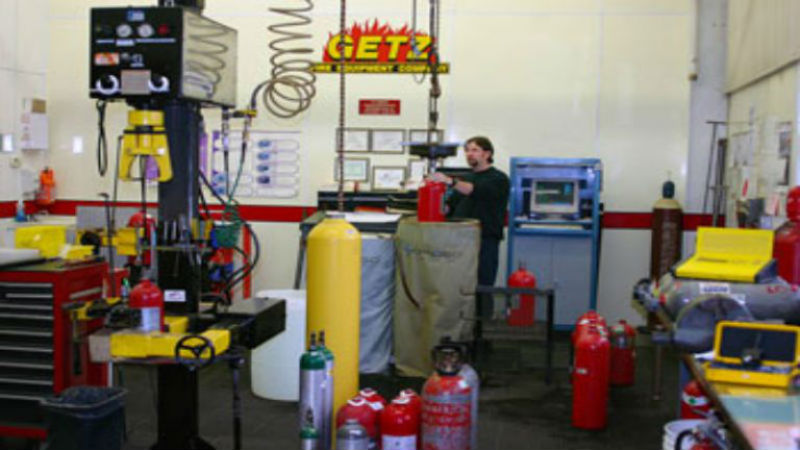A company that provides backflow preventer testing will have high quality, highly trained and properly educated testing technicians perform the work. These technicians are required to have special training and maintain continuing education in accordance with state requirements at a minimum. A fire protection company that has these types of professionals in its workforce can provide you with services performed at a very high level of quality.
Backflow Defined
Backflow refers to an unintended flow of water in the reverse direction of normal flow within a water system. This reversal of normal flow can precipitate examination of the water system by the introduction of other substances. Another way to explain this is that good water mixes with bad water, something which makes the water unusable for normal purposes.
The Backflow Prevention Device
A backflow condition can be prevented through the use of a backflow prevention device. This is a mechanical device that prevents substances from connecting together which normally causes contamination of a water supply.
Annual Testing
Backflow preventer testing is necessary due to the fact that a backflow preventer has the potential to fail just like any other mechanical device. Yearly testing of this device will reveal how the preventer responds in a backflow scenario. The device will either operate properly or it will fail.
Testing Process
Backflow devices have built-in ports that allow for testing to be performed on the device. A technician that tests backflow preventers connects a test kit to the unit to verify whether or not it is operating properly. During the test, water must be temporarily shut off device. The testing procedure is designed to protect human life and also the proper operation of the facility in which the backflow preventer testing is performed.
Cross Connection Control Program
OSHA and other public agencies (both health and environmental) regulate potential connections between drinkable and non-drinkable water supplies a regularly administered Cross Connection Control Program is essential and required in order to protect the groundwater supply from infiltration by contaminants. Such a program helps ensure that clean drinking water is made available to all persons with access to the drinking water system – this may include your employees, visitors, or neighbors of your building or facility.



